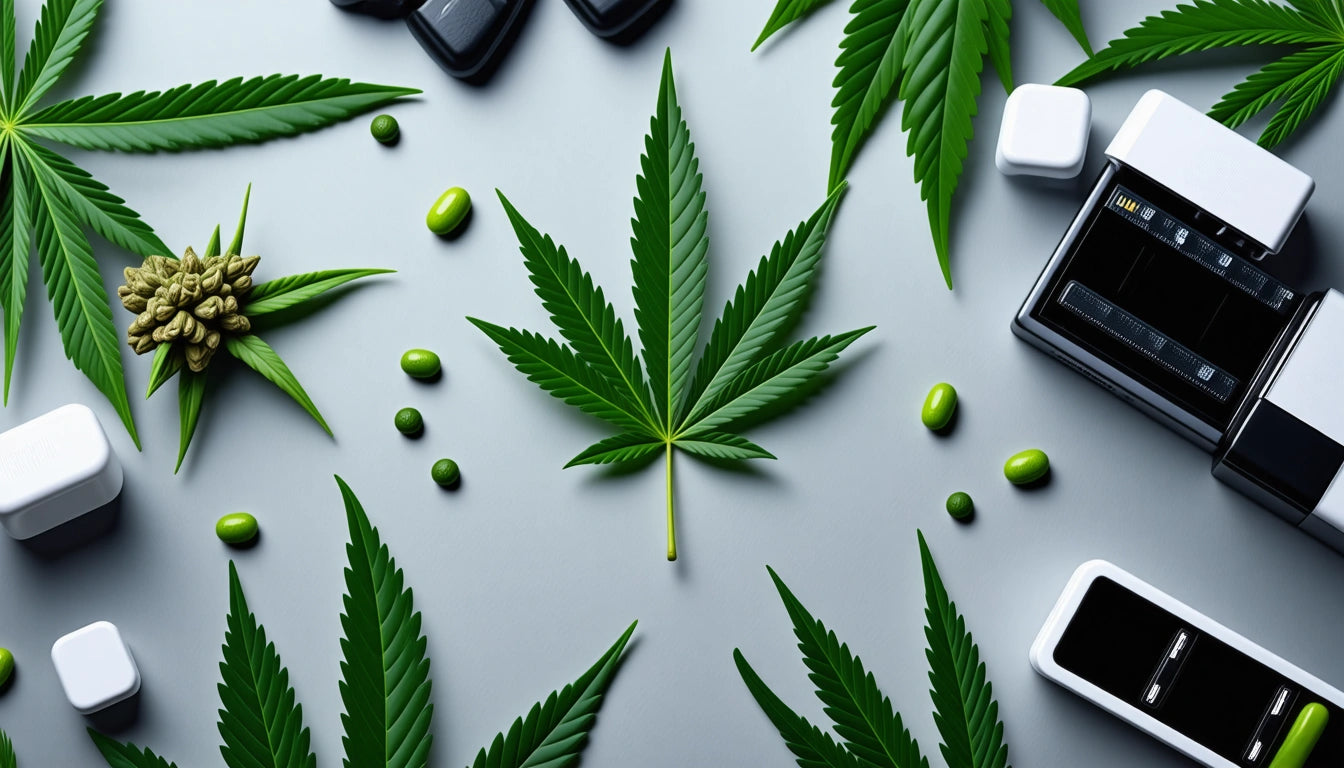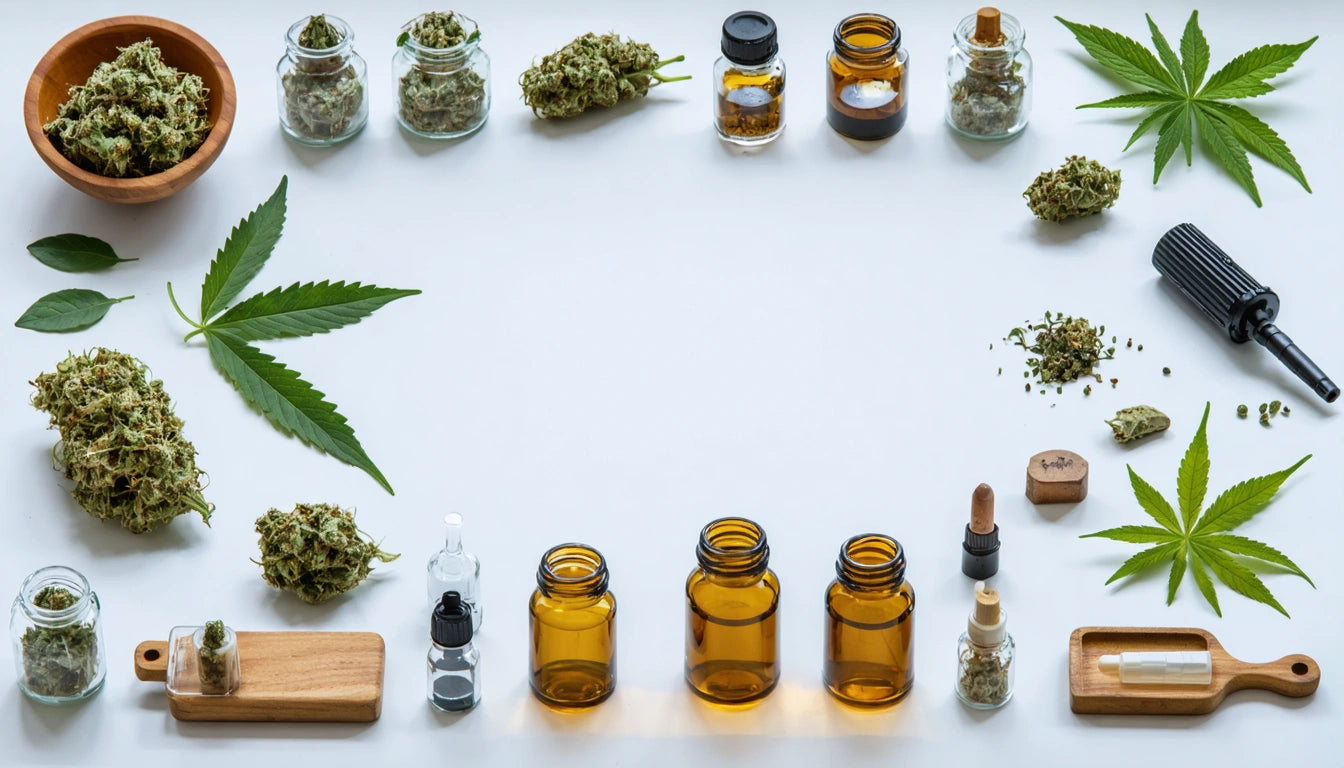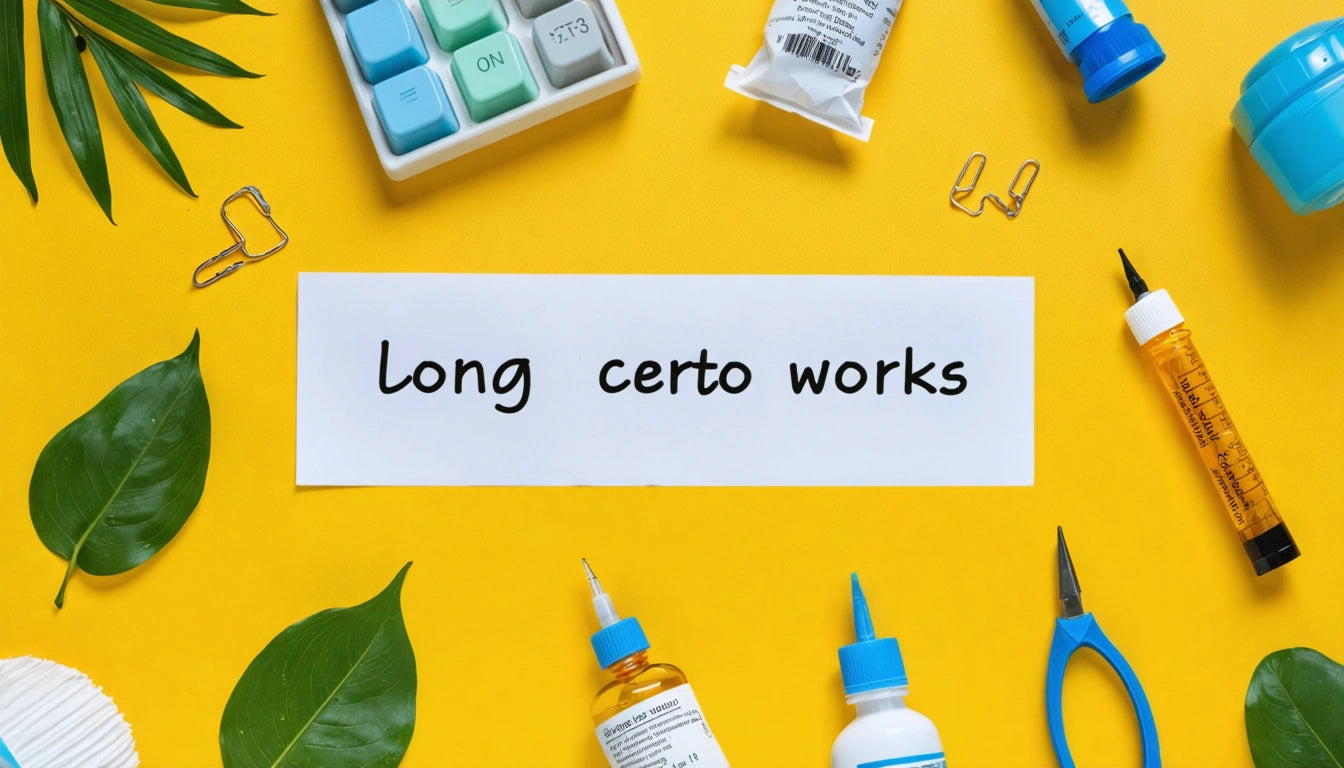Table of Contents
The Truth About Fentanyl-Laced Marijuana: Myths and Facts
The concern about whether marijuana can be laced with fentanyl has grown significantly in recent years. As cannabis legalization expands across the United States, questions about product safety and contamination have become increasingly important for consumers. This article examines the evidence surrounding fentanyl in cannabis, separates fact from fiction, and provides practical safety information.
Understanding Fentanyl and Marijuana Concerns
Fentanyl is a synthetic opioid that is 50-100 times more potent than morphine. It has legitimate medical uses for severe pain management but has become notorious for its role in the opioid crisis. The drug's extreme potency means that even minute amounts can cause overdose and death.
The question "can weed be laced with fentanyl" stems from broader concerns about contaminated street drugs. While cannabis itself has no documented fatal overdoses, the idea that it could be contaminated with deadly substances creates understandable anxiety among users.
Can Marijuana Be Laced with Fentanyl? Examining the Evidence
According to research on marijuana and fentanyl risks, there are important distinctions between theoretical possibility and documented reality:
The Scientific Perspective
From a purely technical standpoint, yes, cannabis could physically be combined with fentanyl. However, several practical factors make this scenario unlikely:
- Economic disincentive: Fentanyl is typically more expensive than cannabis, making it financially illogical to add it without charging premium prices
- Heat degradation: Fentanyl breaks down at high temperatures, potentially rendering it ineffective when smoked
- Different user markets: Cannabis and opioid users typically represent different consumer bases with minimal overlap
Documented Cases
Despite widespread concerns, laboratory-confirmed cases of fentanyl-laced cannabis remain extremely rare. Most reports that initially claim to find "fentanyl in marijuana" are later determined to be:
- Cases of cross-contamination during testing
- Instances where users consumed multiple substances
- Misreported or preliminary findings later disproven
Identifying Suspicious Cannabis: Warning Signs
While verified cases are rare, knowing how to identify potentially contaminated cannabis remains important for safety:
Visual and Sensory Indicators
Be wary of cannabis that:
- Has unusual coloration, particularly white powdery substances
- Tastes unusually bitter or chemical
- Produces effects dramatically different from typical cannabis experiences
- Causes respiratory depression, extreme sedation, or unconsciousness
For those concerned about contamination, using quality grinding equipment for proper inspection of flower before consumption can help identify any unusual substances or appearances in your cannabis.
Regional Reports and Analysis of Contamination Claims
Reports of fentanyl-laced marijuana have emerged from various regions, but careful analysis reveals important patterns. States reporting contamination concerns show that:
- Initial media reports often precede laboratory confirmation
- Law enforcement warnings sometimes rely on field tests with high false-positive rates
- Follow-up investigations frequently fail to confirm preliminary claims
- Confirmed cases almost exclusively involve illegal market products
This pattern suggests that while caution is warranted, the risk is primarily concentrated in unregulated markets rather than legal dispensaries with testing requirements.
Safety Practices for Cannabis Consumers
The most effective way to avoid potentially contaminated cannabis is to follow these safety practices:
Source Verification
Purchase cannabis only from licensed, regulated dispensaries where products undergo mandatory testing for contaminants. Legal markets require rigorous quality control that significantly reduces contamination risks.
Testing Options
For those in areas without legal access or with specific concerns:
- Fentanyl test strips can detect the presence of fentanyl in substances
- Third-party testing services can analyze samples for various contaminants
- Visual inspection using proper lighting and magnification helps identify unusual substances
Understanding broader contamination risks with cannabis products provides context for these safety measures.
Protecting Yourself: The Future of Cannabis Safety
As the cannabis industry continues to evolve, several developments are improving consumer safety:
- Expanded testing requirements in legal markets now screen for a wider range of contaminants
- Blockchain and QR code technologies allow consumers to verify product testing results
- Consumer education initiatives help users identify legitimate products
- Advocacy for federal legalization includes standardized safety protocols
The question "can pot be laced with fentanyl" reflects legitimate safety concerns in an evolving market. While the evidence suggests the risk is minimal in regulated markets, maintaining awareness and following safety protocols remains the best approach for consumers.
For those with ongoing concerns about whether marijuana can be laced with fentanyl, the most reliable protection comes from purchasing only from licensed dispensaries, understanding cannabis composition and effects, and staying informed about product safety in your region.











Leave a comment
All comments are moderated before being published.
This site is protected by hCaptcha and the hCaptcha Privacy Policy and Terms of Service apply.